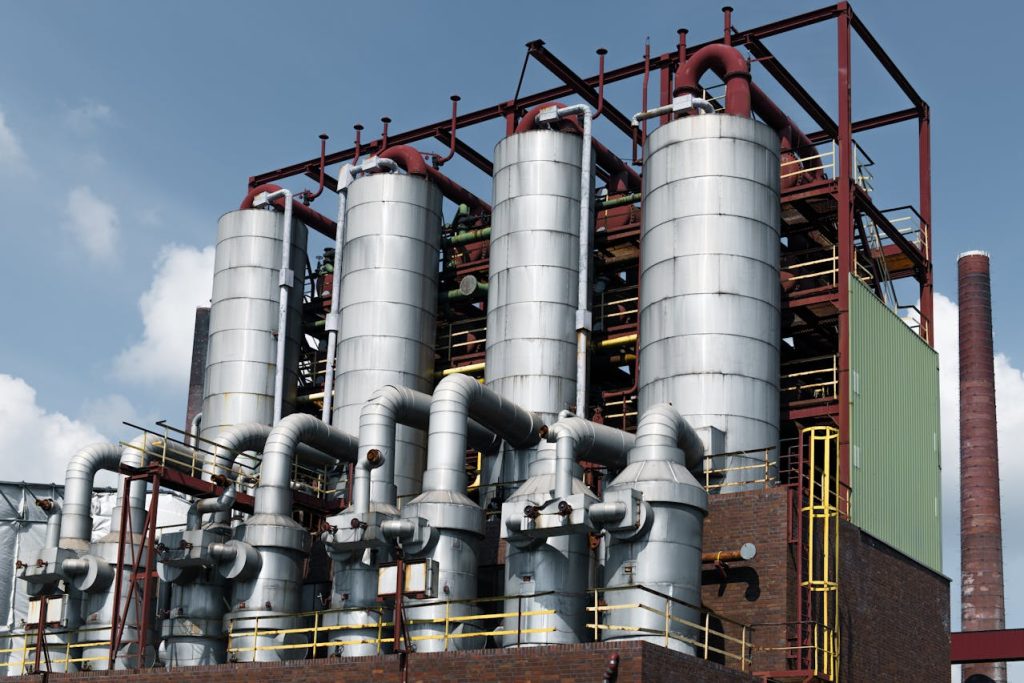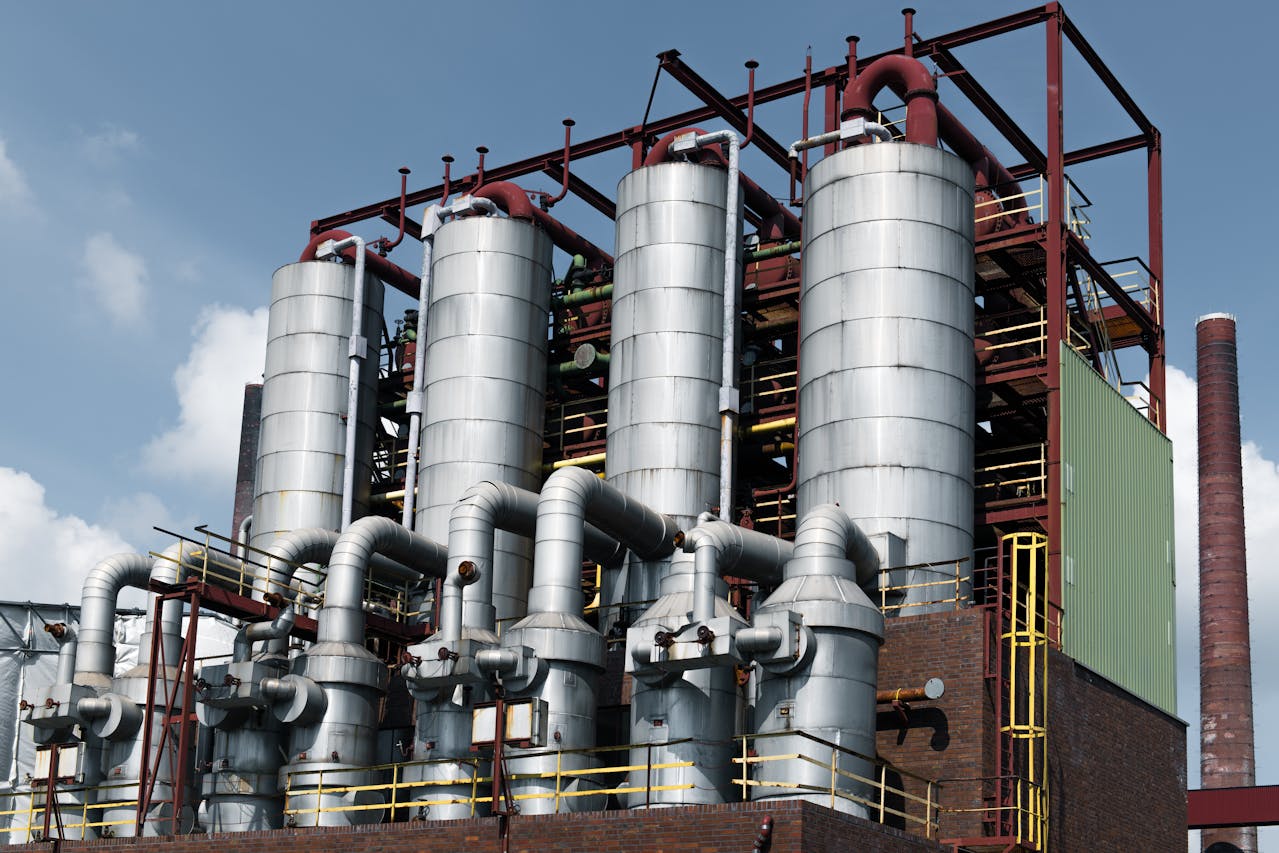In the world of industrial operations, steam is more than just hot vapor. It’s power, precision, and productivity. But not all steam is created equal. If your system produces dirty steam, laden with contaminants, scale, or sludge, you’re not just risking your product quality. You’re also losing money, efficiency, and equipment life.
Clean steam systems consistently outperform dirty ones, and in this guide, we’ll explore exactly why, and how your business can make the shift.

What Exactly Is “Clean” Steam?
Clean steam refers to steam that is free from impurities like rust, dissolved minerals, oils, and other contaminants. It’s typically generated from treated water using equipment that prevents corrosion and scale buildup. Clean steam is essential in industries such as food processing, pharmaceuticals, and textiles, where contamination can lead to ruined products or failed inspections.
Dirty steam, on the other hand, contains particulates or chemicals that may originate from poor water quality, inadequate treatment, or neglected maintenance. This kind of steam can corrode pipes, clog valves, and disrupt production.
Why Dirty Steam Is So Expensive
- Reduced Efficiency: Scale buildup and sludge in a steam system act as insulators. This means more energy is needed to generate the same amount of steam. That directly translates to higher energy bills.
- Product Damage: In industries where steam directly contacts products or surfaces, contaminants can cause discoloration, residue, or even chemical contamination.
- Shorter Equipment Life: Dirty steam is harsh. It eats away at metal surfaces, corrodes piping, damages seals, and increases the frequency of breakdowns.
- Frequent Downtime: Systems filled with sediment and debris break down more often. Whether it’s a clogged trap or failed heat exchanger, unscheduled maintenance kills productivity.
Clean Steam = Long-Term Profit
Switching to a clean steam system doesn’t just avoid problems, it creates a competitive edge. Businesses that invest in steam cleanliness often see a measurable return on investment in the form of:
- Lower fuel and water bills
- Longer-lasting equipment
- Improved product quality
- Fewer maintenance interventions
- Higher compliance with safety and quality standards
This matters even more in sectors where brand reputation relies on cleanliness and consistency, like breweries, hospitals, and food processing plants.
Key Steps to a Clean Steam System
- Start With Water Treatment
Good steam begins with good water. Pre-treating water using softeners, reverse osmosis, or demineralization removes harmful minerals and metals before they ever enter your boiler. - Install High-Quality Boilers
Choose boilers specifically designed for clean steam generation. These usually have stainless steel components and are optimized to prevent contamination. - Regular System Flushing
Even with the best treatment, sediments can accumulate over time. Implementing a schedule for flushing traps, filters, and lines is essential. - Use Steam Separators and Traps
These components remove condensate and unwanted moisture, keeping the steam dry and clean. - Monitor and Maintain
Installing monitoring equipment for pressure, temperature, and water quality can catch issues before they become problems.
A Quick Note From Us at Spenomatic Kenya
At Spenomatic Kenya, we’ve helped countless industries upgrade their steam systems, not just for compliance, but for performance. We’ve seen firsthand how dirty steam eats up budgets and equipment. That’s why we always advocate for a water-first approach and clean steam design.
If you’re unsure whether your steam system is up to par, we can help you assess it. We focus on sustainability and long-term cost savings, without compromising productivity.
How to Know If Your Steam Is Dirty
Even if your system appears to be running fine, here are a few telltale signs that your steam might be contaminated:
- Yellow or discolored condensate
- Inconsistent heating across processes
- Frequent boiler blowdowns
- Signs of scaling or rust in lines
- Drop in product quality without clear cause
Identifying and correcting these issues early can save you a fortune in the long run.
Don’t Wait for a Breakdown
Waiting until a pipe bursts or your energy bills double is too late. Clean steam should be part of your preventive maintenance strategy, not an afterthought. It’s an easy win when you’re trying to reduce operational costs and increase production reliability.
The question isn’t whether you can afford to upgrade your steam system, it’s whether you can afford not to.
Conclusion
Clean steam systems aren’t just about hygiene, they’re about efficiency, product integrity, and financial sustainability. Every day you operate with dirty steam, you’re risking breakdowns, wasted energy, and reduced equipment life. By focusing on water treatment, regular maintenance, and quality components, you can transform your steam system from a liability into a powerful asset.
If you’re serious about improving your facility’s performance, it’s time to take a hard look at your steam quality.
FAQs
- What industries benefit the most from clean steam?
Clean steam is crucial in industries like food and beverage, pharmaceuticals, textiles, hospitals, and cosmetics, where hygiene, compliance, and consistency are non-negotiable. - Can I clean up a dirty steam system without replacing everything?
Yes. In many cases, cleaning components, improving water treatment, and upgrading traps or separators can restore performance without major replacements. - How often should a steam system be inspected?
Basic inspections should be done monthly, while a more thorough annual inspection can help identify deeper issues like corrosion or hidden leaks. - Is clean steam more expensive to produce?
Initially, clean steam systems may involve higher setup costs, especially if water treatment is added. But over time, the energy savings, lower maintenance, and improved product quality deliver a much higher return. - How do I get started with evaluating my steam system?
Start by checking your water treatment setup and reviewing recent maintenance reports. You can also contact experts like Spenomatic Kenya for a detailed audit of your system’s health.

